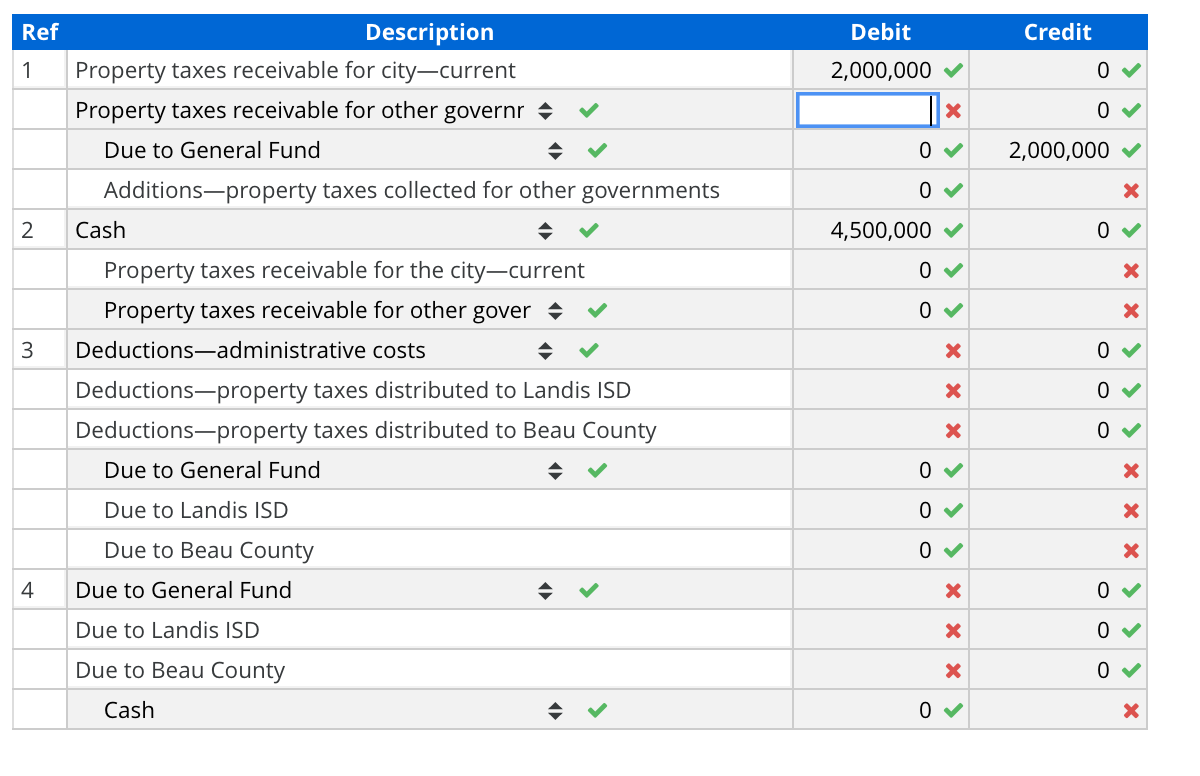

Between their $60,000 down payment and $9,000 closing costs (3% of the sale), the buyer needs to bring $69,000 in cash at closing. Your buyer plans to put down $60,000 (20%) and finance the rest with their mortgage. Let’s demonstrate how this works with some numbers: This way, the buyer can roll some of the closing costs into their loan, while you walk away with the same amount of money. Your property is at the top of the buyer’s budget, and while they can qualify for the mortgage, they’re short on the cash they’ll need for closing.įor a win-win, you raise the sale price and offer the buyer the difference in credits to lower the amount of cash they need at closing. You have a buyer eager to purchase your home. Scenario 4: Lump closing costs into the buyer’s mortgage He estimates that 80% of his transactions involve some type of seller concession (of course, there are many seller concession examples that aren’t seller credits). Kauffman confirms that seller credits are an important building block of the negotiation process. According to the National Association of Realtors, 46% of sellers offered financial incentives to entice buyers in 2020, but in the hot 2022 market, only 20% of sellers offered incentives.Īs the market cooled in late 2022 and early 2023, top real estate agents surveyed by HomeLight reported that seller concessions were coming back.

Seller credits are more common when market conditions tend to favor buyers, and less common when conditions favor sellers. Seller credits are a common home sale negotiation tactic. The credits may subsidize a buyer’s out-of-pocket closing costs, cover the cost of needed repairs, or otherwise sweeten the deal to move the sale forward. Seller credits are money the seller gives the buyer at closingĪ seller credit is money that the seller gives the buyer at closing as an incentive to purchase a property.


 0 kommentar(er)
0 kommentar(er)
